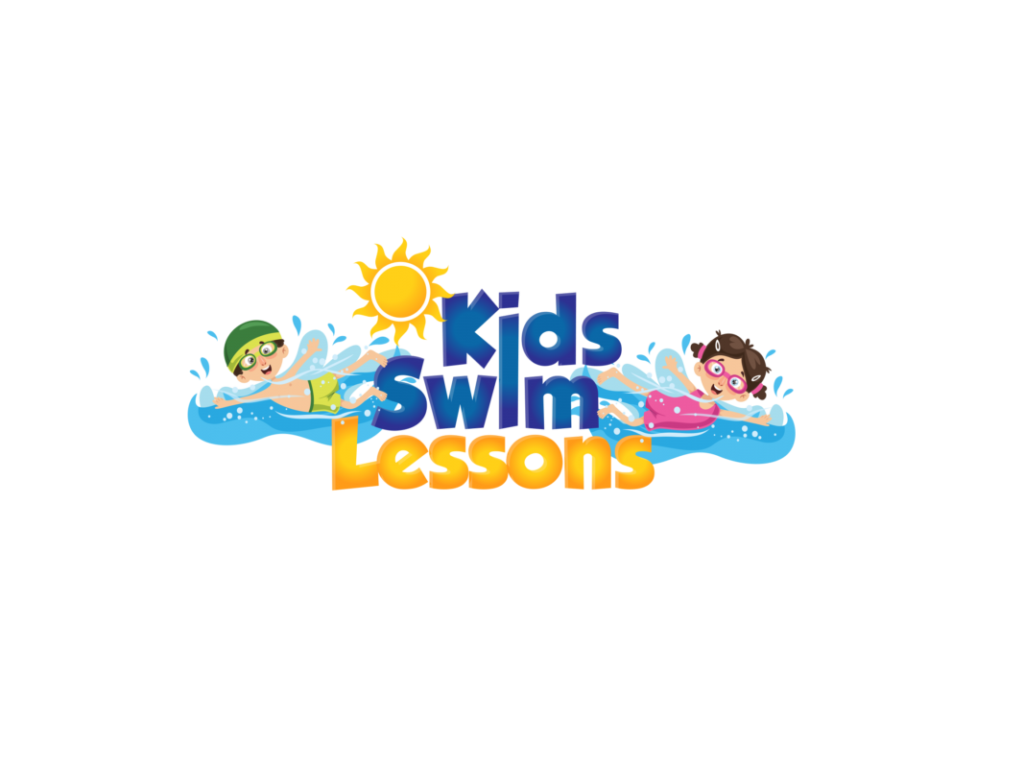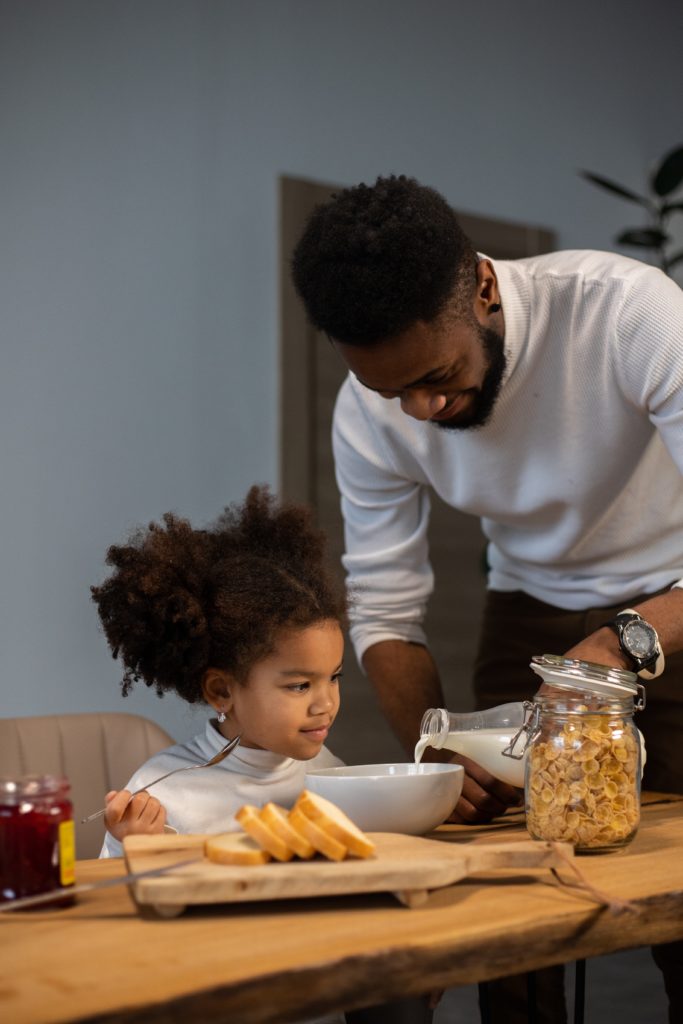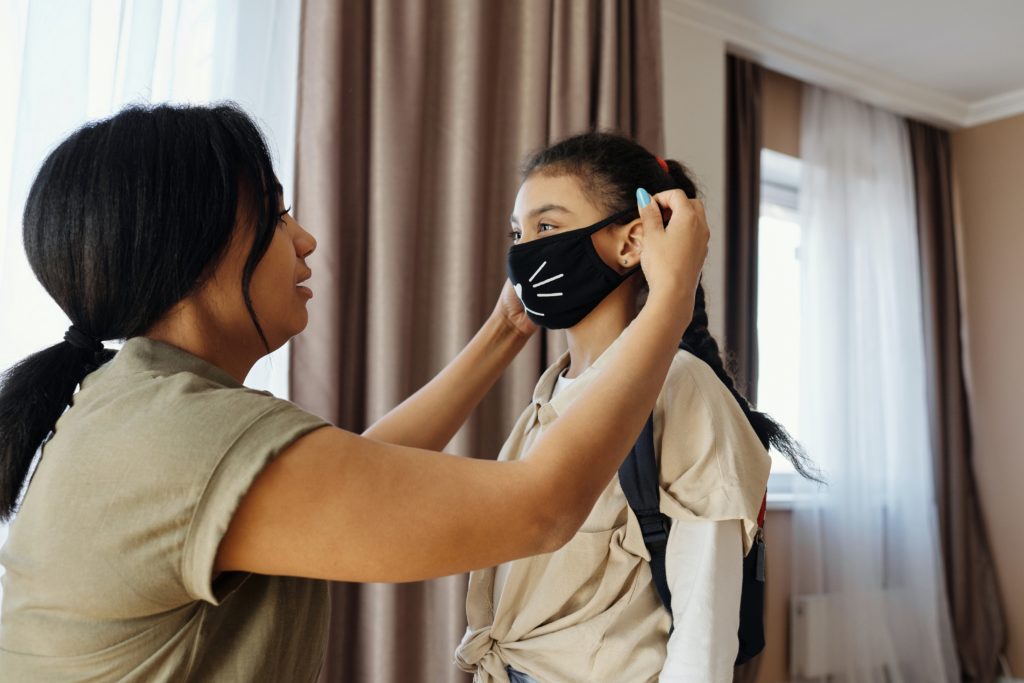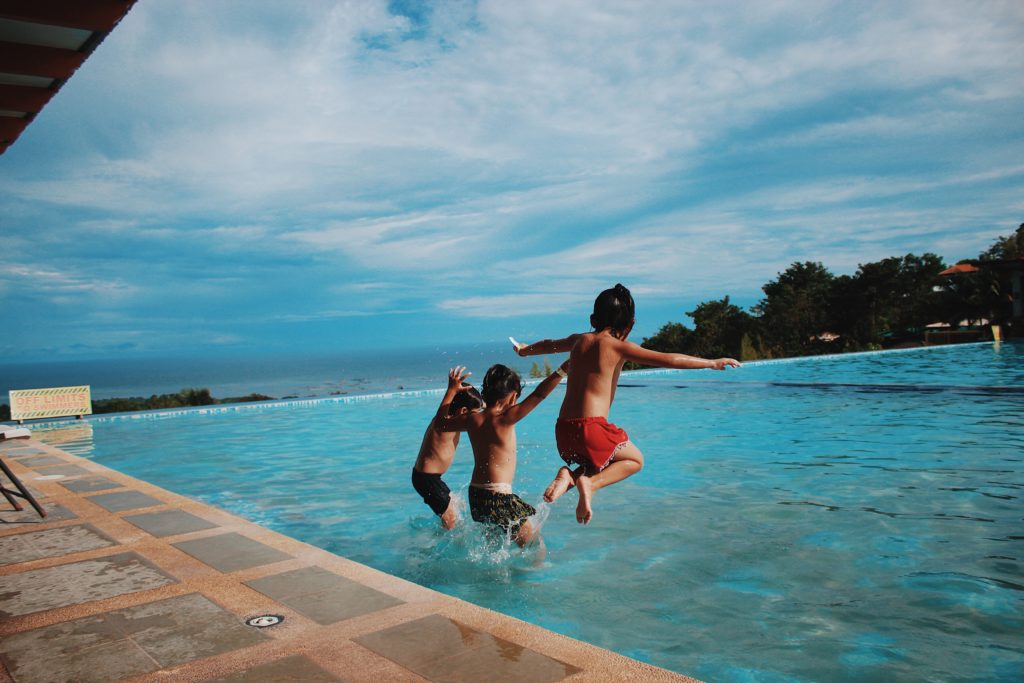Exposure to the sun is an inevitable part of our life. We all need it so our skin can use sunlight and create Vitamin D. This essential vitamin helps our body absorb calcium better and develop stronger bones. However, too much exposure to sunlight can be a problem.
Our skin is so sensitive that as little as 15 minutes of exposure to harmful UV rays can cause skin damage. This issue of sensitivity is even worse when it comes to kids. In order to aid in sun protection, it is advised to protect the skin by various methods that are available.
Consequences of not using protection:
It is common knowledge that excessive sun exposure can lead to many undesirable effects on an individual’s health. It can lead to premature aging and wrinkling of the skin, damage to eyes, and suppression of the immune system.
The preliminary sign of failing sun protection is redness of the skin. Exposure to the sun can sometimes be tricky as the effects may not be felt immediately and symptoms may only manifest later.
Unregulated exposure of kids to the sun can cause nausea, dizziness, vomiting, confusion, disorientation, unconsciousness, and heat stroke. Blisters and fever may show up later. It can also lead to cataracts, and in severe cases, melanoma (skin cancer).
Melanin’s role in protection:
Melanin is a chemical that is naturally found in the skin. This chemical serves as protection against UV rays. The lighter the skin, the lesser is the amount of melanin for protection. Hence light-skinned kids are at a bigger disadvantage and need sun protection more.
How to protect your little ones:
There are various ways to protect kids against harmful sun rays. These good practices must be implemented and promulgated so that more and more people can benefit from them. Let’s take a look at some of these:
- Avoid venturing out when it is too sunny:
Try to stay indoors from 10 in the morning to 4 in the afternoon to prevent exposure to the strongest rays of the sun. Throughout this range, the sun is at its peak and can cause more damage than during other times.
- Look for shade:
As far as possible, seek shade to prevent exposure. Even if your kids are playing out in a park, they can be moved under the shade of a tree or a building. This is especially important around noon when the sunrays are the strongest.
- Apply sunscreen:
If you are going to have your kids out in the sun, there is no better protection against it than an appropriate sunscreen lotion. Sunscreen can provide complete protection against UV rays. It is recommended that an SPF factor of 30 or higher be used.
Choose a sunscreen that protects against a broad spectrum. This means UVA and UVB protection. Also, there are some sunscreens that claim to be water-resistant. These must be used if your kids are going to be playing in the water, say at a beach or a swimming pool. It should be noted though, that no sunscreen is 100% water-resistant and hence, it must be reapplied every time kids come out of the water.
Use sunglasses:
A good pair of sunglasses can provide excellent protection to kids against dangerous sun rays. Contrary to popular belief, sunglasses should be worn all year and not just in summer.
They protect the eyes and the sensitive skin around it against the sun’s harmful rays. If not used, sun rays can cause irreversible damage to the eyes. Therefore, invest in a good pair of sunglasses that block UVA and UVB rays for your children.
Cover all areas of the body:
It must be understood that a young one’s skin is far more sensitive than an adult’s. The melanin in their skin, especially in babies, is still developing and cannot provide protection against UV rays. Sunburns also occur easily due to this reason.
All body parts must be covered with clothing to reduce exposure. Hats should be used to protect the head. For areas, that cannot be covered, some sunscreen must be applied.
What is UV clothing?
Covering your kids up with clothing, though helpful cannot provide adequate protection. The SPF rating of a regular cotton t-shirt is less than SPF 15. It drops further when the t-shirt becomes wet.
Advances in technology have enabled us to create clothing that provides UV protection. This new UV clothing is the ultimate protection against UV radiation. It has a rating of SPF 30 or higher and can help you to ditch sunscreen altogether for covered areas.
These sun protection clothing are categorized on the basis of protection they provide using a characteristic called UPF. UPF stands for Ultraviolet Protection Factor. If a garment is classified as UPF 25 for instance, it means that only 1/25th of the sunrays make it to the skin through the fabric. That means that the fabric absorbs 96 percent of the sunrays that fall on it.
The higher is the UPF rating, the better is the protection offered by the sun protection clothing. A clothing accessory with UPF 50 or higher is what you should be buying for your children. They absorb at least 98 percent of the UV radiation. UV hats are a similar piece of clothing that provides protection for your kid’s face and head.
Summing it up:
It is crucial to have a plan in place to provide your kids with adequate protection from the sun. In the United States itself, in the past 10 years, melanoma cases have shown a hike of 53%. Melanoma is the most dangerous of all skin cancers and 90 percent of these cases are due to excessive exposure to sunlight.
Both physical and chemical methods of sun exposure prevention are effective and must be used in conjunction wherever possible. Sun protection clothing is a great way to combat UV rays. The dangers of unaided skin exposure to sunlight are very real and must not be taken lightly. Your kids have sensitive skin and the responsibility falls upon you to provide them with adequate protection and compensate for it.
References:
https://www.cdc.gov/cancer/skin/basic_info/children.htm
https://kidshealth.org/en/parents/sun-safety.html
https://familydoctor.org/effects-early-sun-exposure/
https://www.travelandleisure.com/style/fashion/womens-sun-protective-clothing
http://www.healthcommunities.com/sun-safety/harmful-effects-of-the-sun.shtml



